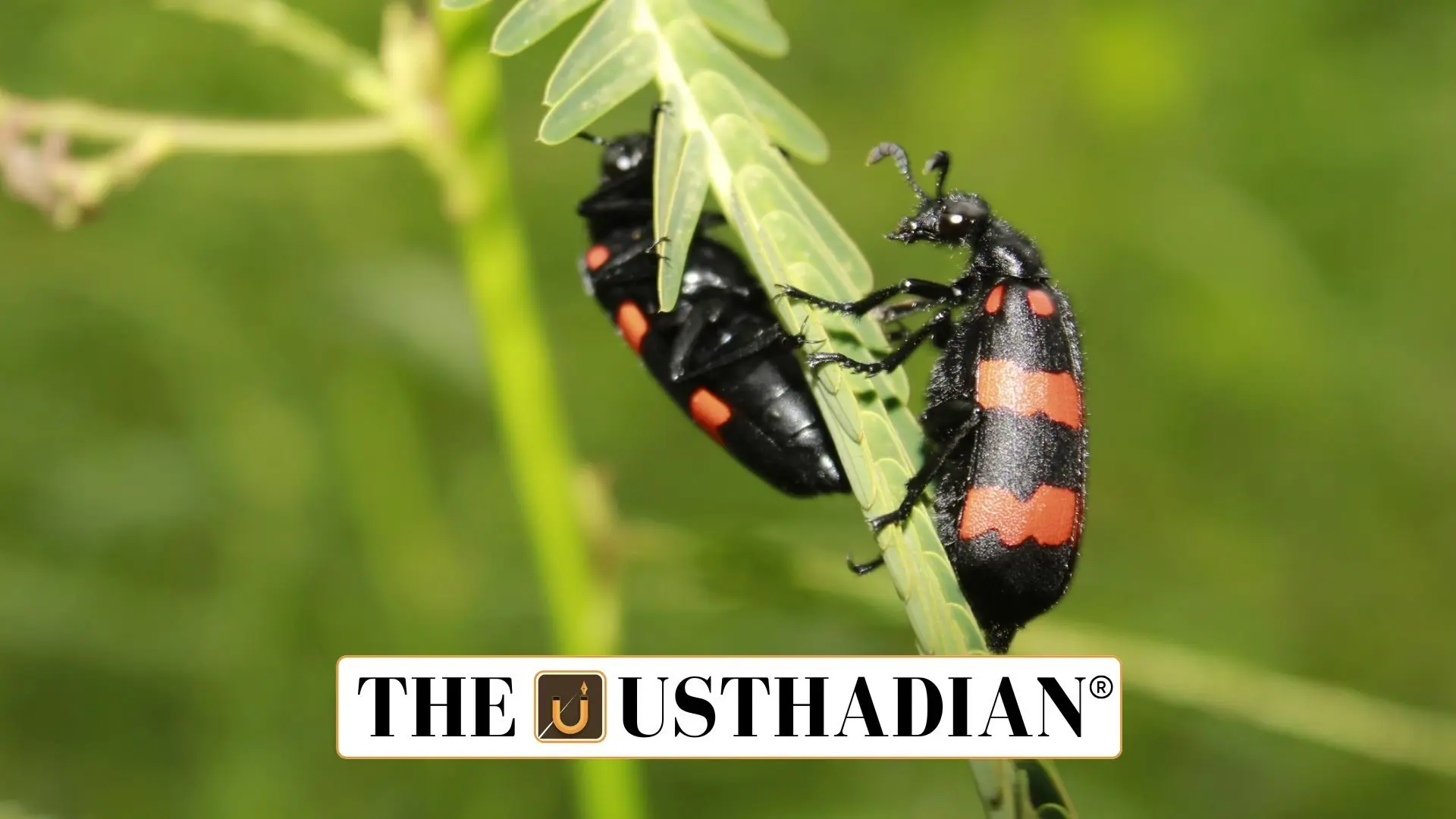A Breakthrough in India’s Insect Research
Six New Beetle Species Discovered by ZSI in India: In a remarkable step for biodiversity science, the Zoological Survey of India (ZSI) and Germany’s Museum A. Koenig have jointly discovered six new species of Sericinae scarab beetles in 2025. The findings, published in the reputed Zootaxa journal, have drawn global attention to India’s underexplored insect diversity. These discoveries are not just scientific milestones—they reaffirm the ecological value of India’s remote habitats and the urgency of preserving them.
Meet the New Beetles: From Kerala to Mizoram
The new beetle species have been identified from the Northeastern states and Western Ghats, both classified as global biodiversity hotspots. The species include Maladera champhaiensis from Mizoram, Neoserica churachandpurensis from Manipur, and Maladera onam from Kerala. The other three are Maladera barasingha, Maladera lumlaensis, and Serica subansiriensis—found in Arunachal Pradesh. These names often reflect the region they were discovered in or unique physical traits, such as the naming of Maladera barasingha after the Indian swamp deer.
Why These Regions Matter for Biodiversity
Most of the new beetles were discovered in Northeast India, which lies in the Himalayan Biodiversity Hotspot. Known for its ecological sensitivity and endemism, this region supports countless species found nowhere else on Earth. The Western Ghats, another UNESCO World Heritage site, also hosts the newly identified Maladera onam. This highlights the pressure these habitats face from urbanization, deforestation, and climate change, further emphasizing the need for Western Ghats conservation.
Beetles, Ecosystems, and Agriculture
Beetles are more than tiny creatures crawling through the dirt. Some species, especially within Sericinae scarabs, serve as agricultural pests, damaging crops like sugarcane and maize. On the flip side, others enhance soil fertility by decomposing organic matter. By identifying these beetles early, researchers can guide eco-friendly pest control strategies, reducing harmful pesticide use and supporting sustainable agriculture.
Looking Ahead: Conservation and Awareness
This discovery is not just about cataloguing species—it’s about understanding and preserving India’s rich ecological fabric. The researchers emphasized the importance of intensified sampling in lesser-known areas and community engagement in conservation. Protecting these beetles means protecting forests, rivers, and livelihoods. As climate challenges intensify, such knowledge is essential for shaping resilient conservation policies.
Static GK Snapshot
Six New Beetle Species Discovered by ZSI in India:
| Topic | Details |
| Research Institutions | Zoological Survey of India & Museum A. Koenig |
| Journal of Publication | Zootaxa |
| Number of Beetle Species | Six |
| Beetle Subfamily | Sericinae (Scarab Beetles) |
| Notable Regions Covered | Mizoram, Manipur, Arunachal Pradesh, Kerala |
| Biodiversity Hotspots | Himalayas and Western Ghats |
| Importance | Pest control, soil health, biodiversity knowledge |








